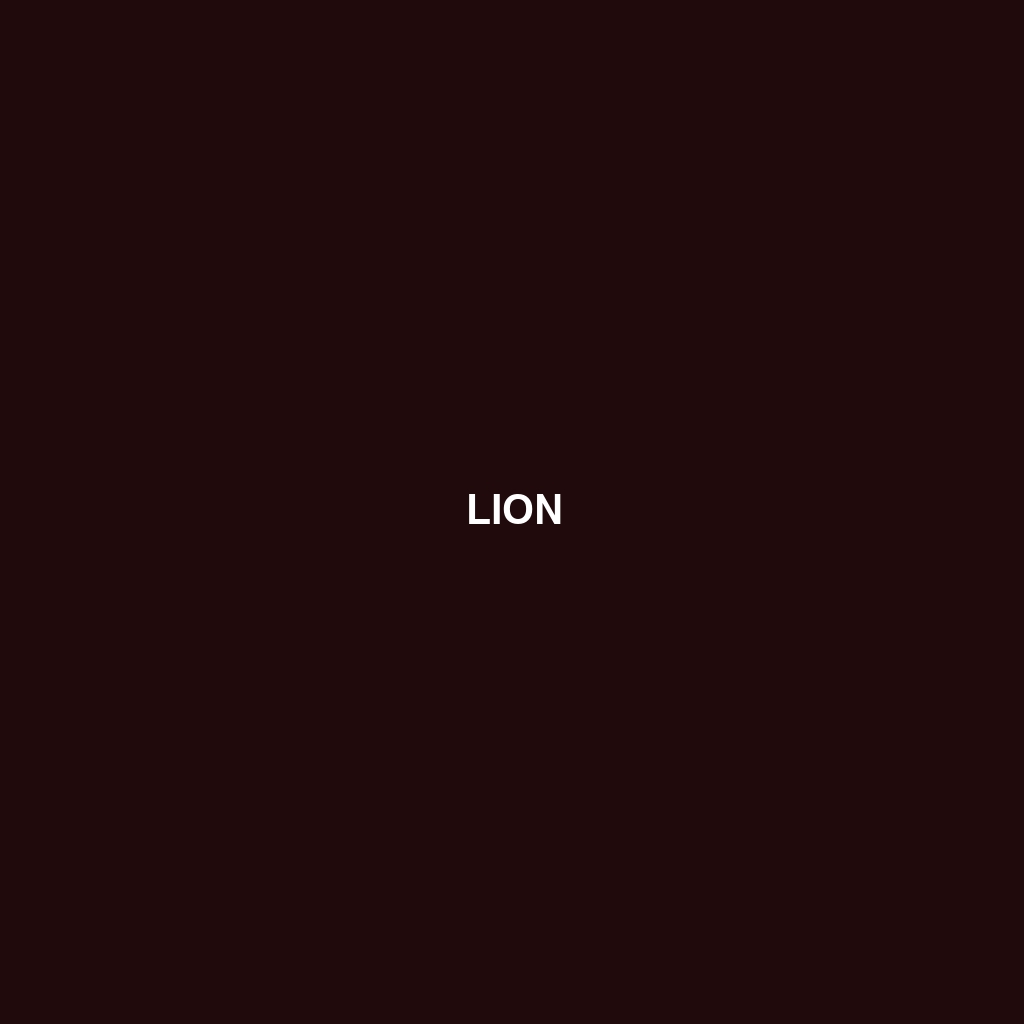Mainland Clouded Leopard
Common Name: Mainland Clouded Leopard
Scientific Name: Neofelis nebulosa
Habitats
Habitat: The Mainland Clouded Leopard is primarily found in the dense tropical and subtropical forests of Southeast Asia. This magnificent feline inhabits geographic regions such as Myanmar, Thailand, Vietnam, and southern China. These leopards prefer mountainous and hilly terrain, often residing in areas with abundant tree cover which provides excellent camouflage and hunting opportunities.
Physical Characteristics
Physical Characteristics: The Mainland Clouded Leopard is a medium-sized cat, typically measuring between 75 to 110 cm in body length and weighing around 11 to 23 kg. They are distinguished by their unique coat, characterized by a smoky yellow to grayish-brown coloration adorned with large, irregular cloud-like spots. Their long body, short legs, and long tail enhance their agile climbing abilities, allowing them to navigate their arboreal environment effectively. Additionally, they possess large canine teeth and a pronounced jaw structure, adept for hunting their prey.
Behavior
Behavior: Mainland Clouded Leopards are primarily nocturnal, exhibiting solitary behavior. They are known for their exceptional climbing skills, often seen resting on tree branches during the day. Their vocalizations, which include growls, coughs, and hisses, play a vital role in communication during mating and territorial disputes. These leopards are also known to mark their territory using scent marking and clawing trees, which is essential for claiming their hunting grounds.
Diet
Diet: The diet of the Mainland Clouded Leopard mainly consists of arboreal and terrestrial mammals. Common food sources include birds, monkeys, small deer, and rodents. Their excellent climbing ability allows them to hunt effectively in trees, where they often ambush prey. These leopards are also opportunistic feeders, adapting their diet based on the availability of food in their habitat.
Reproduction
Reproduction: Mainland Clouded Leopards have a gestation period of approximately 90 to 95 days, typically giving birth to 1 to 5 cubs. The breeding season can vary, but it generally occurs from January to March. Mothers are very protective and attentive to their offspring, which remain with her for up to two years as they learn vital hunting skills.
Conservation Status
Conservation Status: The Mainland Clouded Leopard is currently classified as vulnerable by the International Union for Conservation of Nature (IUCN). Factors contributing to their conservation status include habitat loss due to deforestation, poaching, and the illegal wildlife trade. Conservation efforts are underway to protect their habitats and ensure the survival of this elusive species.
Interesting Facts
Interesting Facts: One fascinating aspect of the Mainland Clouded Leopard is its ability to rotate its ankle, which allows it to climb down trees headfirst—an ability not commonly seen in other big cats. Additionally, despite its name and appearance, the Mainland Clouded Leopard is more closely related to the extinct saber-toothed cats than to true leopards.
Role in Ecosystem
Role in Ecosystem: As a top predator, the Mainland Clouded Leopard plays a critical role in maintaining the balance of its ecosystem. It helps control the population of herbivorous mammals, which in turn affects the vegetation dynamics within its habitat. By preying on various species, it indirectly supports the biodiversity of the forest.
